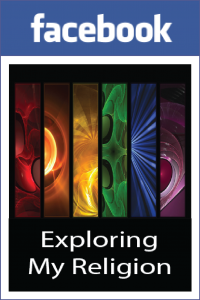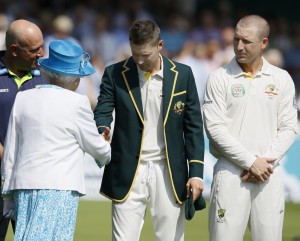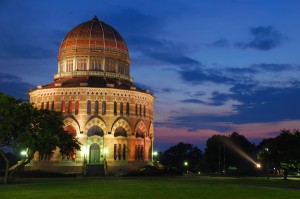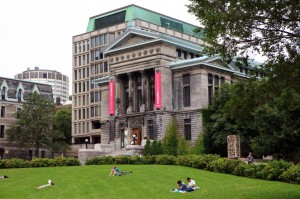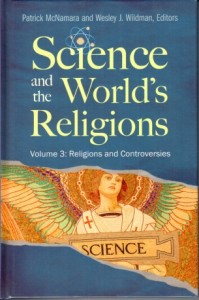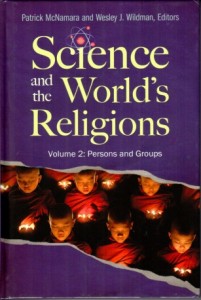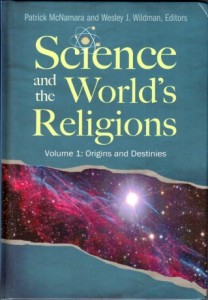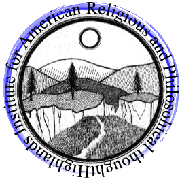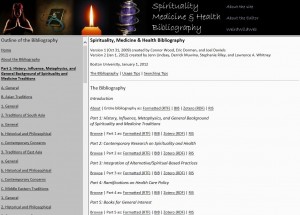Open Theology has just published its special themed section on “Theology Without Walls” (also known as Transreligious Theology). The themed section is entitled “Is Transreligious Theology Possible?” and edited by the inimitable Jerry Martin. My article in this collection is here. The Table of Contents is below and you can find full-text versions of all articles here.
Here’s the introduction to my contribution:
Transreligious theology is possible. We have a manifesto in Wilfred Cantwell Smith’s Toward a World Theology. We have a large number of books and articles (including several of my own). We even have a systematic theology in the form of Robert Neville’s three-volume Philosophical Theology. The question is no longer if transreligious theology can be done; now we need to talk concretely about how to do it. With the latter issue in mind, in what follows I briefly discuss five helpful interpretative angles on transreligious theology, five valuable resources for transreligious theology, and five daunting challenges facing transreligious theology. I conclude with reflections on what it might mean for transreligious theology to transcend religion altogether, to become postreligious theology or even nonreligious theology.
Here are the contents of the themed section.
- “Introduction to the Topical Issue “Is Transreligious Theology Possible?” by Martin, Jerry L.
- “Theology Without Walls: The Future of Transreligious Theology” by Wildman, Wesley J.
- “Transreligious Theology as the Quest for Interreligious Wisdom: Defining by Defending, and Teaching Transreligious Theology” by Thatamanil, John J.
- “Theology Without Walls: Sic et Non” by Feldmeier, Peter
- “Myself, Only Moreso: Conditions for the Possibility of Transreligious Theology” by Hustwit, J. R.
- “Interspiritual Theology as a Radical Potential for New Vistas in Theological Thought” by McEntee, Rory
- “The Breadth of the Riches: Transreligious Theology, Particularity, and Universality, Sydnor” by Jon Paul
- “Multiple Religious Orientation” by Diller, Jeanine
- “Is Transreligious Theology Unavoidable in Interreligious Theology and Dialogue?” by Gustafson, Hans
- “Trinitarian Theology between Religious Walls in the Writings of Raimon Panikkar” by Denny, Christopher
- “A ‘No’ at the Core of Life: Doing Transreligious Theology with William James” by Weidenbaum, Jonathan
- “Without Boundaries? Deriving Pluralist Theologies for Projects Using a Theology Without Walls” by Watson, Anthony J.

